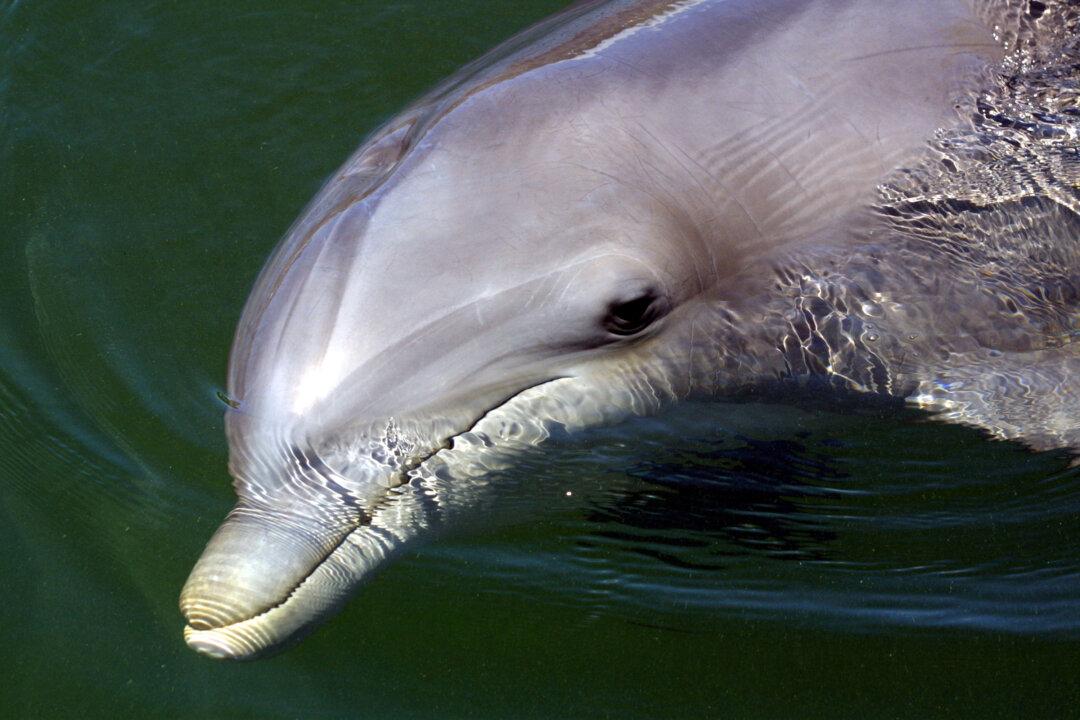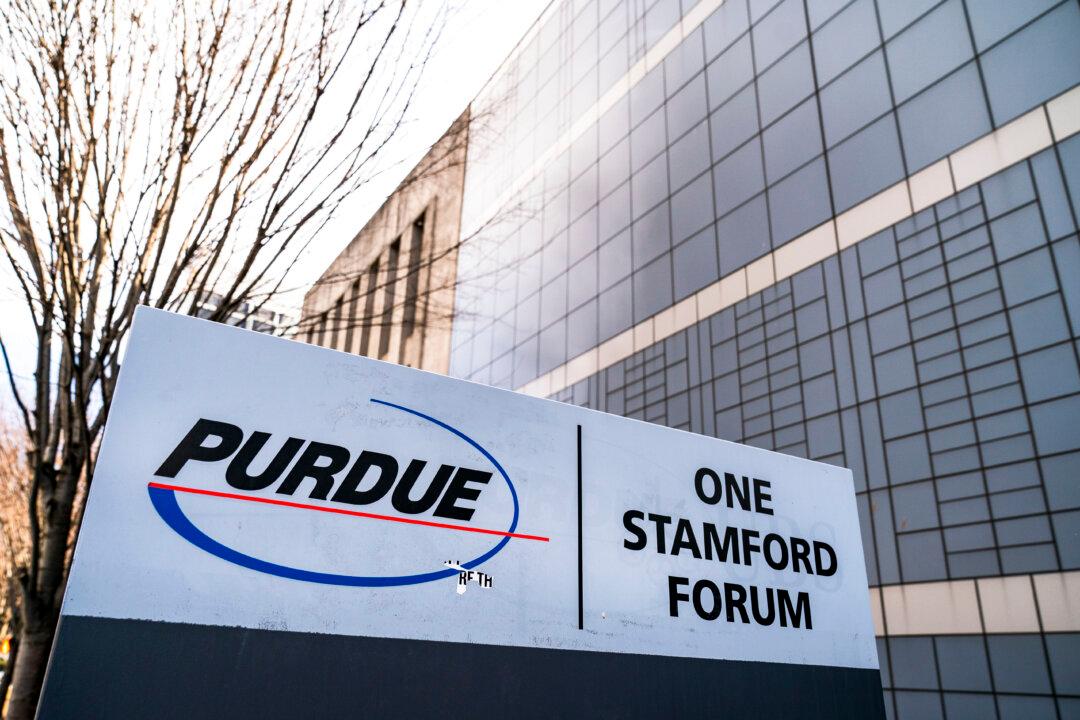A group of coastal Mississippi cities has filed a lawsuit against the U.S. Army Corps of Engineers for its alleged failure to protect bottlenose dolphins and other marine life when it released river waters into the Gulf of Mexico as a means of flood control.
“While virtually all marine life in the Sound was affected, this complaint is necessitated by the shocking impacts of the 2019 Bonnet Carré Spillway operations on the resident bottlenose dolphin population in the Mississippi Sound and Lake Borgne,” the lawsuit states.





